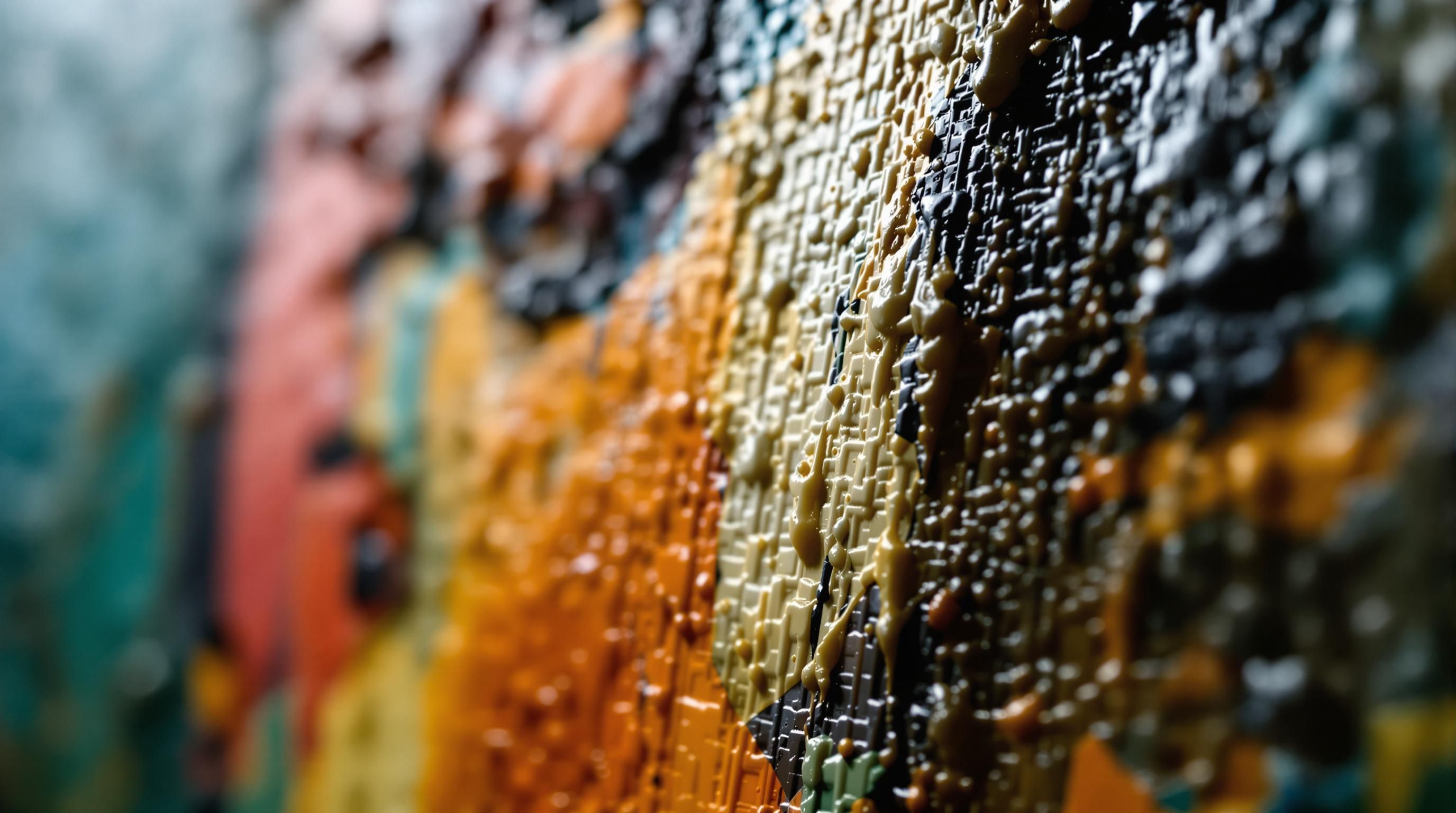| Signed Limited Edition Linocuts |
$20,000 - $500,000+ |
Higher for rare subjects and exceptional condition |
| Signed Lithographs |
$10,000 - $200,000 |
Popular medium with wide market appeal |
| Unsigned Prints from recognized editions |
$2,000 - $30,000 |
More accessible entry point for collectors |
| Exhibition Posters (authorized) |
$1,500 - $15,000 |
Varies significantly based on rarity and condition |
</tbody>
</table>
For collectors entering the Picasso market, prints offer several advantages:
- More accessible price points
- Greater availability on the market
- Easier to display and preserve than large paintings
- Often well-documented in catalogues raisonnés
The Georgetown Frame Shoppe offers original signed and unsigned Pablo Picasso prints at various price points, providing an entry point for collectors interested in acquiring Picasso’s graphic works.

Ceramic Works
Picasso created approximately 3,500 ceramic pieces, most in editions. These works have seen significant appreciation in recent years:
-
Unique Ceramic Pieces: One-of-a-kind ceramics hand-painted and designed by Picasso can sell for $50,000 to over $500,000.
-
Editioned Ceramics: Works produced in editions of 25 to 500 pieces range from approximately $15,000 to $100,000 depending on rarity and condition.
-
Market Growth: According to market analysts, Picasso ceramics have seen steady value increases, with prices doubling or tripling over the past decade for exceptional examples.
Invaluable.com notes that the value of Picasso’s ceramic works varies considerably, with rare pieces often reaching many thousands of dollars at auction.
Sculptures and Three-Dimensional Works
Picasso’s sculptural works range from unique pieces to editioned bronze castings:
-
Unique Assemblages: One-of-a-kind sculptural works can achieve prices in the millions at auction.
-
Bronze Editions: Authorized bronze castings, typically produced in editions of 6 to 12, regularly sell in the range of $100,000 to several million dollars.
-
Later Editions: Some sculptures were cast in larger editions after Picasso’s death with approval from his estate. These typically achieve lower values but still represent significant investments.
The market for Picasso’s work includes millions of dollars in forgeries and misattributed pieces. Serious collectors should be aware of the following authentication resources:
-
Catalogues Raisonnés: Comprehensive catalogues documenting Picasso’s work provide the primary verification source. The most important is the “Zervos” catalogue for paintings and drawings, while prints are documented in catalogues by Bloch and Baer.
-
Picasso Administration: The official estate, managed by Claude Ruiz-Picasso, can provide certificates of authenticity for works not previously documented.
-
Provenance Research: Unbroken ownership history is crucial for establishing authenticity, especially for higher-value works.
-
Technical Analysis: For major acquisitions, scientific testing including pigment analysis, canvas dating, and signature verification may be warranted.
According to Heritage Auctions, proper authentication is essential when considering a Picasso purchase, particularly for paintings and unique works where values can reach into the millions.
Authentication Red Flags
Warning signs that may indicate authenticity issues
Current Market Status
Picasso’s market has demonstrated remarkable resilience even during economic downturns:
-
Blue-Chip Status: Picasso works are considered among the most stable art investments, often preserving value even during market corrections.
-
Global Demand: Picasso enjoys truly international demand, with strong collector bases in North America, Europe, Asia, and the Middle East.
-
Auction Performance: According to Artprice, Picasso’s market continues to show strength, with over 98,000 auction results recorded for his works.
-
Supply Constraints: Premium works appear on the market less frequently as they enter museum collections or long-term private holdings, creating upward price pressure.
Investment Considerations
For those considering Picasso works as investments:
-
Long-Term Perspective: The most significant appreciation typically occurs over decades rather than years.
-
Quality Over Quantity: Higher-quality works with strong provenance consistently outperform lesser examples over time.
-
Market Liquidity: While major Picasso works have strong international demand, selling can take time to achieve optimal results.
-
Carrying Costs: Insurance, secure storage, and periodic conservation should be factored into investment calculations.
-
Authentication Risk: Investment in proper authentication and documentation is essential for maintaining long-term value.
Major Auction Houses
The primary auction houses for high-value Picasso works include:
-
Christie’s and Sotheby’s: Handle the majority of seven and eight-figure Picasso sales through their Impressionist & Modern Art departments.
-
Phillips: Increasingly active in the Picasso market, particularly for prints and works on paper.
-
Bonhams: Regularly offers Picasso ceramics and prints.
According to Artprice data, major auction houses account for the highest-value Picasso transactions, providing market transparency and international exposure.
Specialized Dealers and Galleries
Established galleries specializing in 20th-century masters offer advantages for both buyers and sellers:
-
Expertise and Authentication: Specialized knowledge to verify authenticity and assess condition.
-
Private Transactions: Ability to conduct confidential sales outside the public auction arena.
-
Relationship-Based: Often work with collectors over many years to build collections strategically.
The digital marketplace for Picasso works continues to evolve:
-
Online Auction Platforms: Sites like Invaluable and LiveAuctioneers connect buyers with regional auction houses offering Picasso works.
-
Dealer Platforms: Websites like MyArtBroker specialize in connecting buyers and sellers of Picasso prints and works on paper.
-
Authentication Concerns: Digital transactions require particular attention to provenance and condition verification.
Where to Research Picasso Values
Frequently Asked Questions About Picasso Art Values
How much are Pablo Picasso paintings worth?
Pablo Picasso paintings range dramatically in value:
- Museum-quality masterpieces from the Blue Period, Rose Period, or Cubist era can sell for $50 million to over $200 million.
- Major paintings from his Surrealist period or 1930s works typically range from $10 million to $50 million.
- Smaller paintings or less significant periods may sell for $1 million to $10 million.
- Late-period works of lesser importance might sell in the hundreds of thousands.
According to Heritage Auctions, major Picasso paintings reflect his status in the pantheon of 20th-century art, with multiple works selling for over $100 million, including the record holder "Les Femmes d’Alger (Version ‘O’)" at $179.36 million.
How do I know if my Picasso print is valuable?
To determine if your Picasso print is valuable, examine these factors:
-
Authentication: Verify it’s documented in standard catalogues raisonnés (Bloch or Baer).
-
Signature: Signed prints are generally worth 30-50% more than unsigned examples.
-
Condition: Prints in excellent condition without fading, staining, trimming, or restoration command premium prices.
-
Edition Size: Prints from smaller editions are typically more valuable.
-
Subject Matter: More significant or desirable subjects achieve higher prices.
-
Technique: Complex techniques like aquatint or color linocuts often command higher values than simple lithographs.
According to MyArtBroker, condition is particularly crucial for Picasso prints, as many date back to the early-to-mid 20th century and may have condition issues that affect value.
What is Picasso's most expensive artwork ever sold?
Picasso's most expensive artwork ever sold at public auction is "Les Femmes d'Alger (Version 'O')" from 1955, which sold for $179.36 million at Christie's New York in May 2015. This painting is the final and most refined work from Picasso's 15-version series inspired by Eugène Delacroix's "Women of Algiers."
The second highest price achieved for a Picasso at auction is "Femme à la Montre" (Woman with a Watch), a 1932 portrait of Marie-Thérèse Walter, which sold for $139.3 million at Sotheby’s in 2023.
It’s worth noting that these figures represent public auction sales only. Some art market experts believe certain private sales of Picasso works may have achieved even higher prices, though these transactions remain confidential.
Why is Picasso's art worth so much?
Picasso's art commands extraordinary prices due to several interconnected factors:
-
Historical Significance: Picasso revolutionized 20th-century art multiple times, pioneering Cubism and influencing nearly every subsequent art movement.
-
Artistic Innovation: His technical virtuosity and constant reinvention created multiple distinct bodies of work, each historically significant.
-
Cultural Impact: Picasso transcended the art world to become a global cultural icon, increasing demand beyond traditional art collectors.
-
Market Infrastructure: A sophisticated network of dealers, auction houses, and expert authenticators supports the high-value Picasso market.
-
Rarity of Major Works: Museum acquisitions have removed many masterpieces from the market permanently, creating scarcity for remaining works.
-
Investment Appeal: Picasso’s works have demonstrated remarkable value stability and appreciation over decades, attracting wealth preservation capital.
-
Global Demand: Unlike some artists with regionally concentrated markets, Picasso enjoys truly international collector demand.
This combination of artistic merit, historical importance, market infrastructure, and global recognition has created an exceptionally resilient market for Picasso’s work.
Are Picasso prints a good investment?
Picasso prints can be sound investments when approached with proper knowledge:
Potential Advantages:
- More accessible price points than paintings
- Strong historical appreciation, especially for rare, signed examples
- Relatively liquid market with international demand
- Well-documented authenticity through established catalogues raisonnés
Considerations:
- Condition is critical; damaged prints lose significant value
- Authentication expertise is essential to avoid forgeries
- Market fluctuates based on subject matter popularity and rarity
- Long-term holding (10+ years) typically yields better returns
Like any art investment, focus on acquiring the best quality you can afford, with impeccable provenance and condition. Works that are signed, from limited editions, and featuring distinctive Picasso imagery tend to perform best over time. Always purchase from reputable sources with proper documentation.
How can I tell if a Picasso signature is authentic?
Authenticating a Picasso signature requires careful examination:
-
Period-Appropriate Style: Picasso’s signature evolved throughout his career—from early formal "Pablo Ruiz Picasso" to the more common "Picasso" with characteristic underline.
-
Execution Quality: Authentic signatures show fluid, confident strokes without hesitation marks or corrections.
-
Medium Consistency: The signature should be applied with the same medium as the artwork (e.g., pencil signature on a pencil drawing).
-
Placement Patterns: Picasso typically signed in specific locations depending on the medium and period.
-
Documentation Verification: Compare against examples in catalogues raisonnés or authentication resources.
-
Technical Analysis: For high-value works, consider microscopic examination or spectroscopic analysis.
For valuable works, consulting a recognized Picasso expert is essential, as sophisticated forgeries can be difficult to detect without specialized knowledge. Remember that a convincing signature alone doesn’t authenticate a work—the piece must also be consistent with Picasso’s style and documented oeuvre from the period.
What are the most valuable periods of Picasso's career?
The most valuable periods of Picasso's career in terms of market prices are:
-
Blue Period (1901-1904): These melancholic works in blue tones are extremely rare on the market and command some of the highest prices. Their emotional depth and historical significance make them particularly coveted.
-
Rose Period (1904-1906): The warmer-toned works featuring circus performers and harlequins are similarly rare and valuable, representing an important transitional phase.
-
Cubist Period (1907-1915): Revolutionary works that redefined Western art. Major Cubist paintings rarely appear on the market and typically achieve eight-figure prices when they do.
-
Marie-Thérèse Walter Period (1927-1937): Vibrant, sensual portraits of his young mistress have achieved some of the highest recent auction prices, including multiple $100+ million sales.
While later periods (1940s-1970s) produced many significant works, they generally command lower prices than these earlier, more revolutionary periods. However, exceptional examples from any period can achieve strong results if they feature iconic imagery or have exceptional provenance.
Where can I sell a Picasso artwork for the best price?
The best venue for selling a Picasso artwork depends on its value, type, and your priorities:
Major Auction Houses (Christie’s, Sotheby’s, Phillips)
- Best for: High-value paintings, drawings, and rare prints worth $100,000+
- Advantages: Maximum market exposure, competitive bidding, international marketing
- Considerations: Public sales, higher commission rates (typically 10-25%), longer timeline (3-6 months)
Specialized Art Dealers and Galleries
- Best for: Mid-range works ($20,000-$500,000) with established markets
- Advantages: Confidentiality, expert knowledge, potentially quicker sales
- Considerations: Dealer margin affects final price, limited to dealer’s client base
Print Specialists
- Best for: Editioned works, lithographs, etchings under $50,000
- Advantages: Targeted buyer network, expertise in condition assessment
- Considerations: Specialized market may yield better results than general auctions
Online Platforms
- Best for: Lower-value prints, ceramics, or less significant works
- Advantages: Lower commissions, broader audience reach
- Considerations: Authentication concerns,τραπεζιτών lower prices
For maximum value, obtain multiple appraisals before deciding on a sales venue, and prioritize proper authentication and condition assessment regardless of the chosen platform.
Conclusion: Navigating the Picasso Market
The market for Pablo Picasso’s art represents one of the most dynamic and valuable segments of the international art market. From record-breaking paintings commanding nine-figure sums to more accessible prints and ceramics, Picasso’s diverse body of work offers entry points for collectors at various levels.
For serious collectors and investors, understanding the complex factors that influence Picasso values—including period, medium, provenance, condition, and market trends—is essential for making informed acquisition decisions. The extraordinary prices achieved by Picasso’s masterpieces reflect not only their artistic significance but also their status as the ultimate trophy assets in the global art market.
Whether collecting for aesthetic appreciation, cultural significance, or investment potential, navigating the Picasso market requires careful research, expert guidance, and a clear understanding of authenticity criteria. With proper knowledge and approach, collecting Picasso’s works can provide both cultural enrichment and significant long-term value appreciation.
As with any significant art investment, prospective buyers should conduct thorough due diligence, work with reputable specialists, and focus on acquiring the best quality examples they can afford with impeccable provenance. The market for Picasso’s art has demonstrated remarkable resilience over decades, confirming his enduring status as one of history’s most valuable and influential artists.






